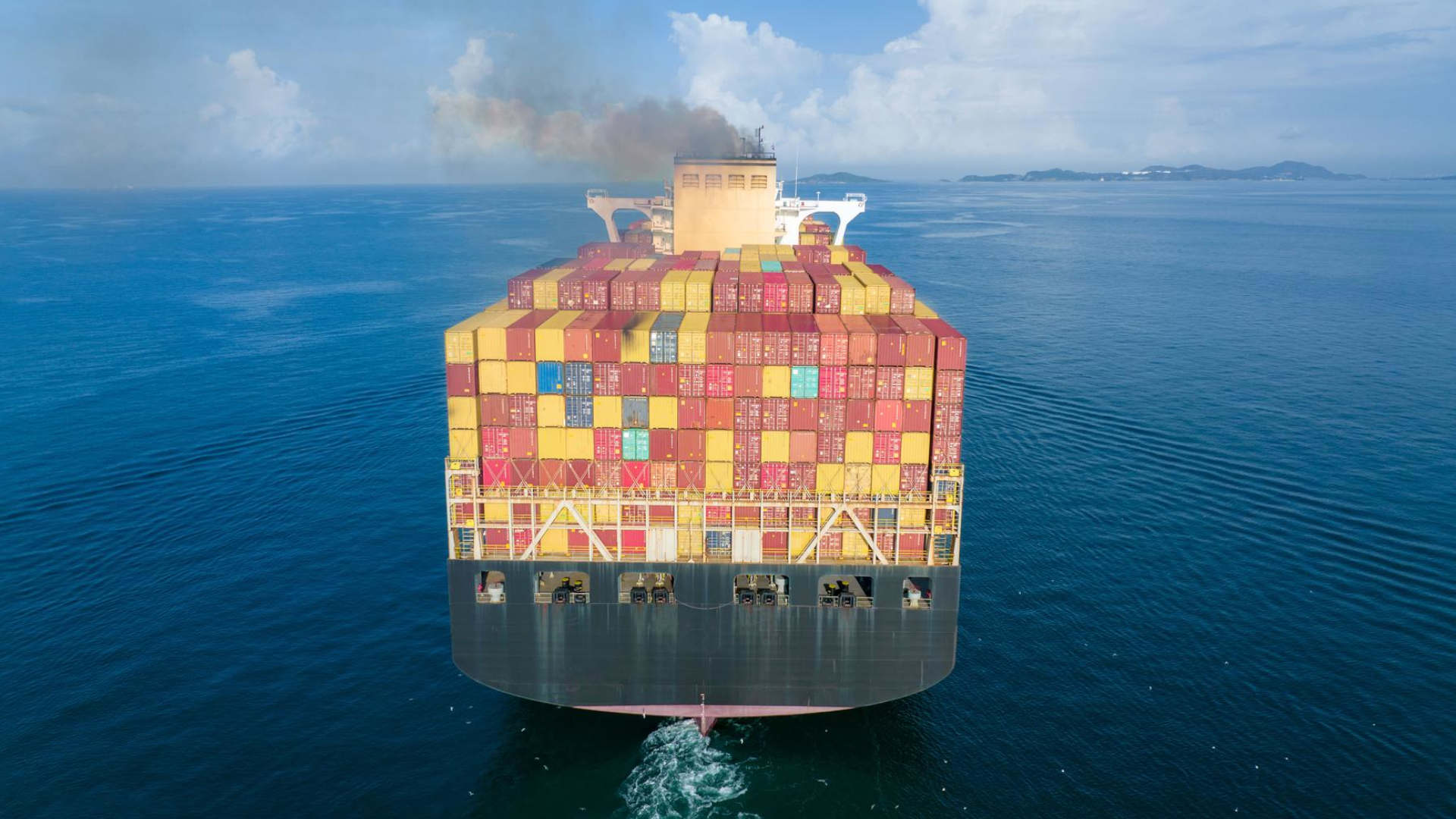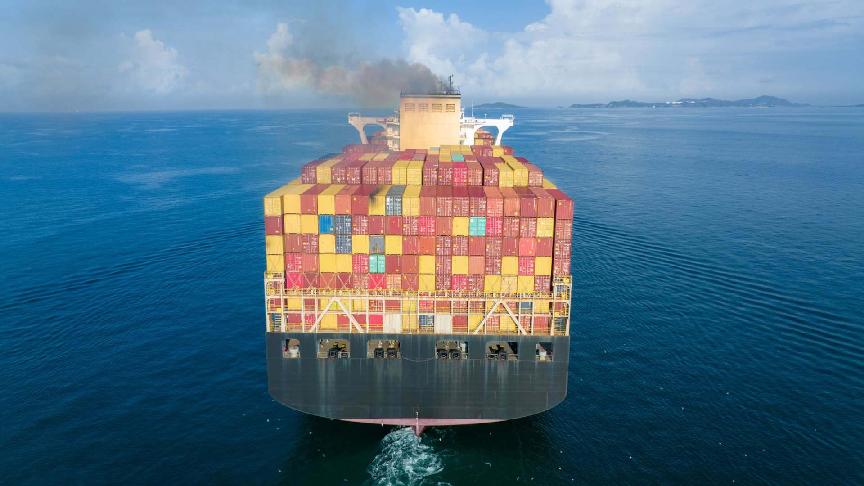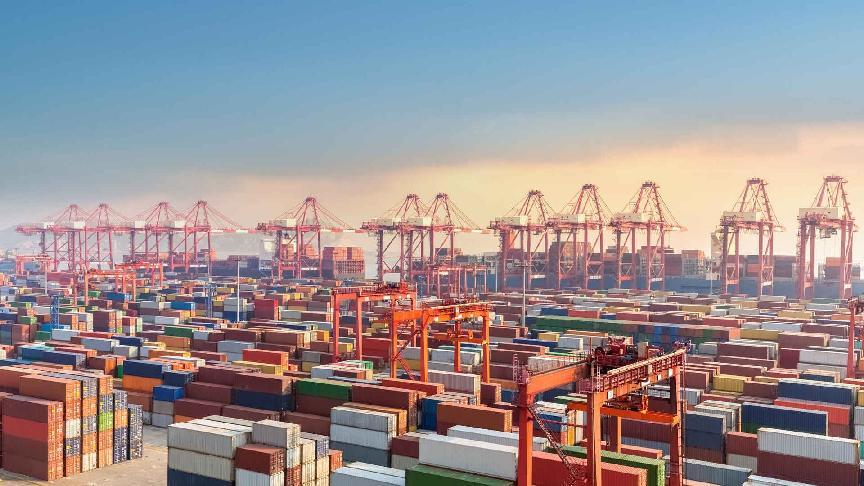3 July 2023 (Lloyd's List) - LARGE parts of a draft text to revise and strengthen climate change targets have been watered down or left undecided as the International Maritime Organization began a crucial meeting to sign off on a greenhouse gas emission strategy. “We must do better, we are at serious risk of failing to deliver,” the Australian delegate told the 175-member United Nations agency as the meeting opened today.
The Marine Environment and Protection Committee meets this week for a make-or-break session to sign off on updated goals to reduce greenhouse gas emissions in shipping.
However, a draft text of the strategy prepared last week by an intersessional working group as the starting point for this week’s debate underscored widening division between the 175 member states amid lowered objectives.
There were “big square brackets” and “square brackets within square brackets” the Norwegian chair of the working group told the committee today, which signalled elements of the strategy that could not be agreed.
There was disagreement over the IMO’s vision statement, levels of ambition, whether to set interim targets for 2030 and 2040 and what they should be, as well as economic measures to support emissions reductions such as carbon taxes, bunker levies or a so-called feebate system.
These options, known as a “basket of mid-term measures” contained both technical and economic measures. “There was a divergence of views on economic measures,” the working group chair told delegates at the IMO, adding that to agree on the measures and revised strategy was “quite a challenge”.
The draft document showed discussions would begin at lower levels of ambition that did not align the strategy with the Paris Agreement. That has spurred criticism from some delegations and environmental groups that many countries have agreed lower levels in order to accommodate long-term vocal opposition from China, Brazil and Argentina.
The Paris Agreement on climate change is to limit any temperature increase from global warming to 1.5°C above pre-industrial levels. Current IMO goals are to reduce greenhouse gas emissions by 50% by 2050 compared with 2008 levels, with a revision outlining targets set for sign-off at this meeting.
Net zero targets for 2050 were undecided in the document to be considered by the committee, with targets proposed including “by 2050 at the latest” or “by around 2050, taking into account different national circumstances”.
Interim targets for 2030 and 2040 were now described as “indicative checkpoints” only and yet to be decided, according to the draft. Those checkpoints would reduce greenhouse gas emissions by “at least 20%” or “striving for 25%” in 2030. The 2040 indicative checkpoint had a 70% reduction by 2040 and “striving for 75%”.
They were well below levels proposed by Pacific Island countries including Vanuatu, Tuvalu, the Marshall Islands, Fiji and Kiribati, who spoke to delegates at the meeting and are the most at risk from climate change. They called for an absolute cut to greenhouse gas emissions by 37% by 2030 based on well-to-wake calculations, and 96% by 2040, with all emissions phased out by 2050.
Zero emission strategies proposed by Pacific Island nations most at risk of climate change have faced strong opposition from China and Latin American countries including Argentina and Brazil over the past decade. Fossil fuel producers such as Saudi Arabia and United Arab Emirates support net-zero strategies largely based around carbon capture technologies that are yet to be fully developed.
The Australian delegate criticised the lack of progress and said he was “surprised and disappointed that the document before us presented such low ambitions as a starting point for discussion”. “We need to be on a clear pathway aligned with 1.5°C,” he said. “We need to do better, we must do better.”
The Marshall Islands said the meeting could choose to kick the can down the road, or reach agreement now on climate-aligned goals.






